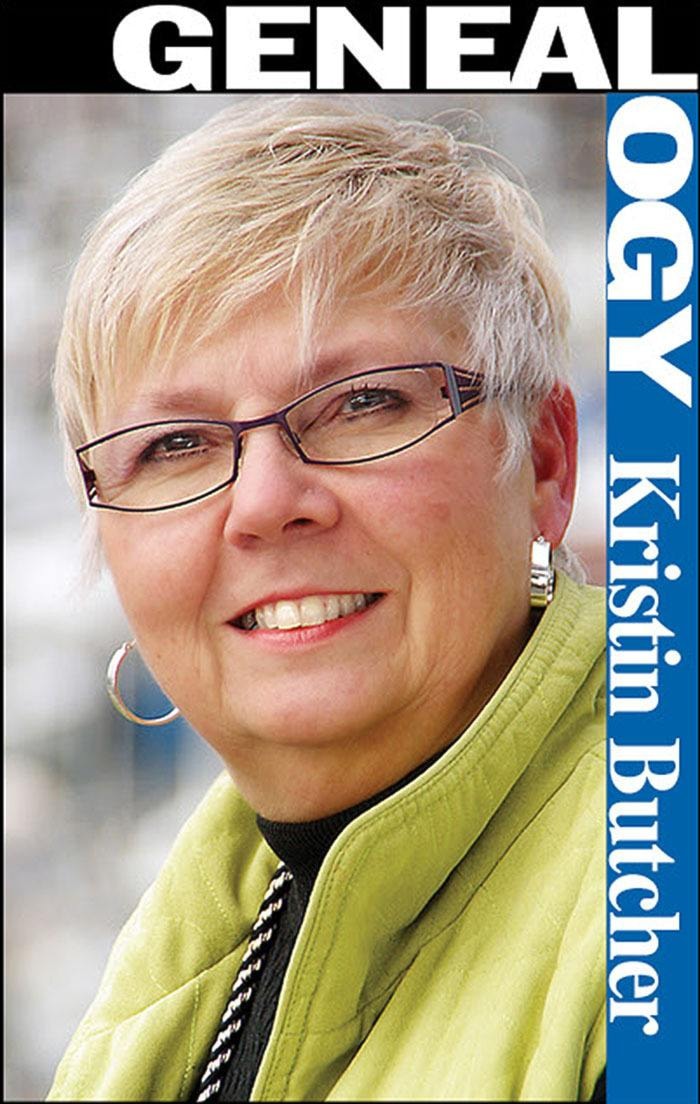Many years ago, when I was teaching a Grade 7 unit on maps, I gave the class an unusual final assignment.
Provided with (virtual) matches, a bottle of water, a compass, a blanket, and an energy bar, as well as a unique pair of longitude and latitude coordinates that placed each student in an uninhabited area in the world, they were asked to write a story about how they survived. Dying was not an option. Their sole source of information was maps, which showed physical features, elevations, vegetation, transportation routes, distances, boundaries, climate, demographics, etc. Using that information along with their minimal provisions, they had to make their way to the nearest civilization.
And they all did. In fact, I was blown away by the results. Those stories were great.
Many people think of maps primarily as a tool to help travellers get from here to there, but they can be so much more. For genealogists, they can be the key to finding an illusive leaf on the family tree.
Political Maps: these provide information about boundaries and locations of cities, parishes, counties, and municipalities, which helps a researcher determine the agencies to approach for land title information, birth, marriage, and death documents, wills, censuses, and so on. Since boundaries and place names may have changed over time—often several times, it is important to use a map that encompasses the time period in question.
Resource/Economic Maps: these show the primary economic activity of an area—agriculture, mining, forestry, and so on. This knowledge might help establish an occupation for the ancestor being researched.
Street Maps: within a community, these are wonderful sources of information, especially if they reflect the period in question. They often show major businesses, churches, transportation terminals, public buildings, and parks. In addition, landmarks frequently bear the names of noteworthy citizens, and your ancestor might have been one of them.
Thematic Maps: some maps focus on specific themes, such as community businesses, points of interest, churches, air attack sites in WWII, voting trends, and transportation systems, to name just a few. A map of London’s underground is an example of a thematic map.
Depending on the information one has and one needs, such maps can prove very useful. Libraries and archives are great sources for maps, but so also is the Internet. Most images on Google provide a source, and it’s a small matter to track that source and ask some questions. As I’ve said before, you need only think outside the box. Look at the information you have gathered – the time period, ancestor’s occupation, home addresses, activities, etc. and go where that knowledge leads you.
www.rootsweb.
ancestry.com/~bccrgc/
